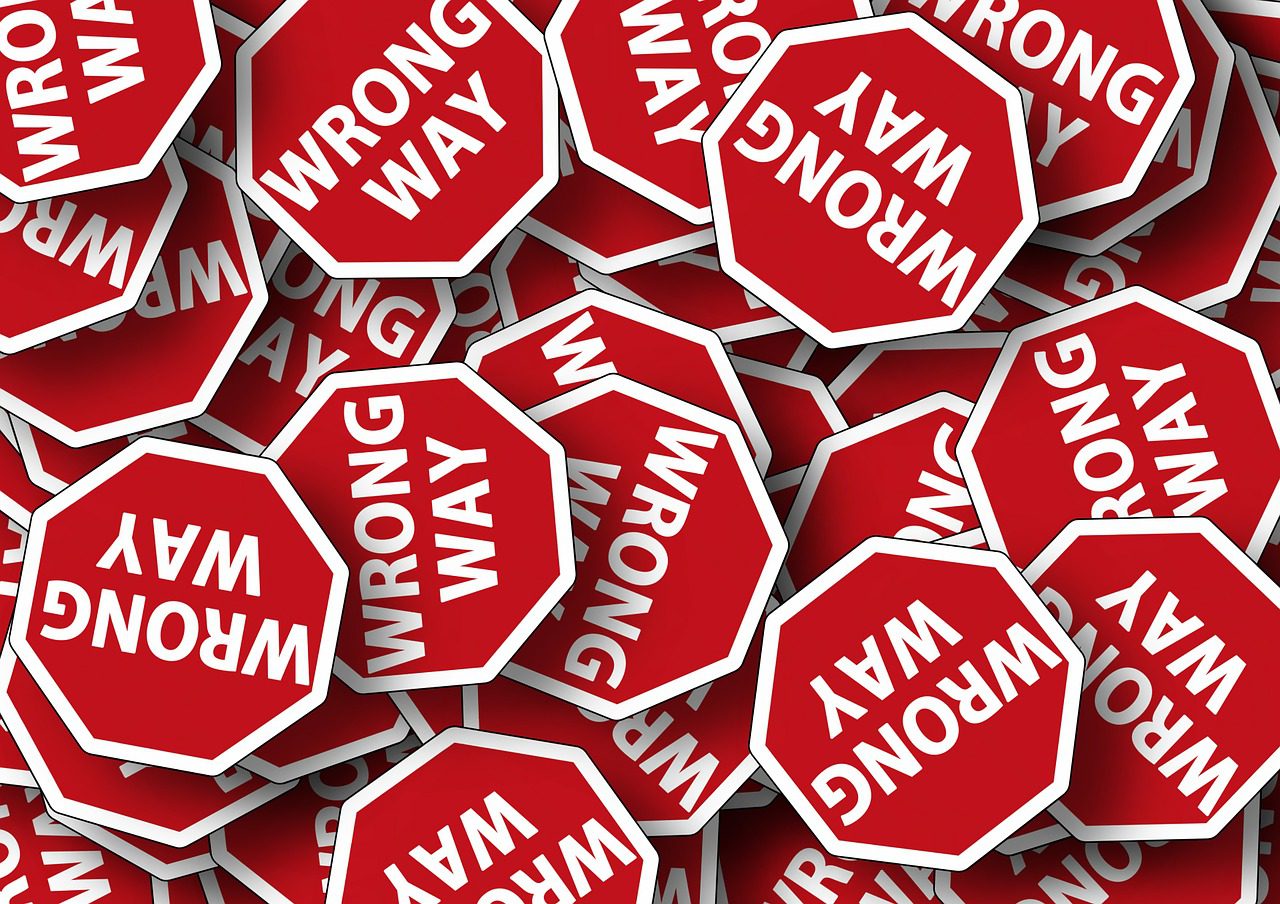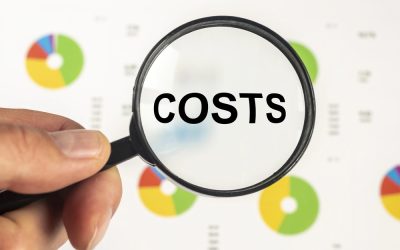 3 Financial Mistakes all Beer Distributors Make
3 Financial Mistakes all Beer Distributors Make
“Experience is simply the name we give our mistakes.” Oscar Wilde
When it comes to financial reports, the Income statement gets all the attention. It’s like the cool kid in high school.
The balance sheet is rarely given much attention. It’s like that kid sitting all alone at lunch.
The thing is the balance sheet holds the key to your financial success.
Three financial mistakes that I see all the time involve the balance sheet. The errors are easy to spot and easy to fix, if you know where to look.
The danger is that if these errors go un-noticed for too long, they become big, expensive financial surprises.
No one likes surprises in the financial statements.
In this newsletter, I’ll break down the three common financial statement mistakes. I’ll show you how to find them and how to fix them. You don’t need to be a rocket scientist, you just need a little direction to find the landmines.
- Income Statement Overload
- Balance Sheet Basics: #1 Give it Some Love
- 3 Common Mistakes and How to Avoid Them
Income Statement Overload
The income statement is the rock star of the financial statements. Everyone loves to look at top line sales and sales growth. We love to see the bottom of the income statement – how did we do? What did the profit look like this month?
There’s nothing wrong with this approach, so long as you remember that the income statement only tells you part of the financial story of your beer business.
The income statement reports on the here and now. It is the “what have you done for me lately” of the financial statements.
The income statement reports Sales, Cost of Sales, Operating Expenses and Net Income (or Loss) for a given period of time. The time period might be one month or one year. Once that time period is over, the income statement resets to zero and the net of all the activity flows over the to balance sheet.
The income statement is the here and now. The balance sheet is forever. Spend some time with your balance sheet and make sure the numbers are right. Forever is a long time.
Balance Sheet Basics: #1 Give it Some Love
The balance sheet reports on assets, liabilities and equity. Assets are things you own (like warehouse equipment), Liabilities are things that you Owe (like loans) and Equity is the difference between the two.
If Assets are more than Liabilities you have Equity or a positive Net Worth. The equity line item is the sum total of all the profit (or loss) since the beginning of your business.
This one number tells you a lot about the financial health of your beer distribution business.
The income statement gets a lot of attention, as it should. It provides valuable information about the results of operations. However, the balance sheet needs your time and attention as well.
In my experience, as a result of folks not paying proper attention to the balance sheet, there are always problems here. Problems on the balance sheet eventually become problems for the income statement. These problems eventually result in nasty financial surprises.
3 Common Balance Sheet Mistakes + How to Avoid Them
The three common balance sheet mistakes occur in Pre-paid Expenses, Inventory and Accounts Receivable.
Let’s simplify what each of these accounts and the problems that occur in each.
Pre-paid expenses are payments for things you’ll get in the future. Pre-paid insurance is a good example. You pay the premiums now and they benefit future periods. Often, the payment is made and “pre-paid” is recorded, but never removed from the balance sheet. When the problem is discovered, it usually means a big hit to income statement expense.
Inventory is well understood as your beer in the warehouse. However, pallets and kegs are part of inventory, too. These often forgotten assets go missing, and eventually lead to a big write off. The write of is recorded as an expense, and another hit to the bottom line.
Accounts receivable (A/R) is uncollected cash from your accounts. When you make a sale, but haven’t yet collected the cash, a receivable gets recorded. Sometimes the customer never pays. These receivables accumulate and become bad debts. When bad debts are discovered and written off, they become another hit to the income statement in the form of bad debt expense.
The solution to these balance sheet problems is to reconcile the accounts each month. In other words, take a close look at the accounts and understand what it’s in there. What you don’t know, and don’t question, will come back to bite you in the income statement.
How to Avoid These Three Mistakes: Reconcile the Accounts
A monthly balance sheet reconciliation sounds complicated, but it’s not. You simply need to look at the details that make up each account and determine if they make sense. For example:
Pre-paid expenses. Create a list of your pre-paid insurance payments and identify what period it is for. If the period hasn’t happened yet, the pre-paid is OK. If the payment was for a time that has already passed, the amount needs to be moved to expense.
Inventory. Run a detailed inventory report and see how many pallets and kegs you should have. Count what you actually have and compare (reconcile) to the report. If there’s a difference find out why.
Accounts receivable. Run a detailed aging report of your uncollected invoices. The ‘aging’ report will show the age of each invoice and how long it has been outstanding. If you have bad debts – invoices that will never be paid – it’s time to clean up the listing and write off the receivables.
How to Avoid These Mistakes: Create a Balance Sheet Budget
You see a problem on your income statement when you have a budget to actual variance. For example, the sales are supposed to be $10,000 for the month, but they come in at $8,000. This 20% variance sticks out like a sore thumb. You recognize it’s a problem and needs to be addressed.
Use this same approach with your balance sheet. One way to avoid costly balance sheet mistakes is to create a balance sheet budget.
Each line item on your balance sheet should have an expected balance. Any variance from the expected will show you there’s a problem that needs to be dealt with.
Wrap Up + Action Items
It’s time to pay attention to the balance sheet, the kid sitting all alone at lunch.
Make the balance sheet a regular part of your monthly financial review. Question the balances – the assets and liabilities – and understand what the numbers represent.
Start with the three most common balance sheet mistakes: Pre-paid expenses, Inventory and Accrued Expenses. Fix any mistakes now before they become big financial surprises.
Create a budget for your balance sheet so that you can quickly see if there are ‘variances’ or balances that are different from what you expected. If variances do occur, ask more questions to determine if there are errors.
Now you know where to look and what to do to avoid these balance sheet mistakes. Grab your lunch tray, pull up a chair, and give the balance sheet some love.





